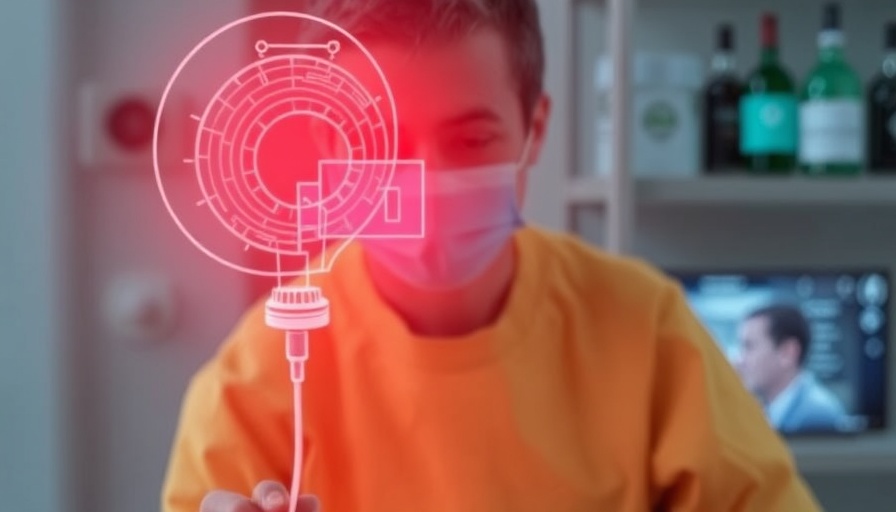
The Evolution of Healthcare Technology: A Closer Look
In recent decades, technology has completely transformed healthcare, dramatically improving patient safety, efficiency, and the overall experience for both patients and medical professionals. The impact of these innovations cannot be overstated, with thousands of advancements emerging, including electronic health records (EHRs), wearables, and, notably, barcode medication administration (BCMA), smart IV pumps, and robotic-assisted surgery.
Barcoding: The Majestic Safety Net
One of the most significant breakthroughs in medical technology has been the introduction of barcoding in medication administration. Originally developed in 1995, BCMA was officially introduced into hospitals nationwide by the year 2000. Today, the FDA mandates that all medications must have barcodes. This simple yet effective technology allows healthcare practitioners to verify that they are delivering the right medicine, in the correct dose, and through the appropriate route. This practice, collectively referred to as "The 5 Rights," has been shown in studies to cut medication errors by up to 93%, illustrating how technology can dramatically improve outcomes in healthcare.
Smart IV Pumps: A Game Changer in Medication Delivery
Another remarkable innovation, smart IV pumps, further enhances patient safety by providing precise dosage delivery while reducing the risk of human error. These devices not only automate the delivery of medication but also integrate with EHRs, allowing for real-time monitoring and adjustments as needed. By enhancing precision and ensuring a higher level of oversight, smart IV pumps are vital tools within the healthcare ecosystem.
The Bigger Picture: Cultural and Systemic Changes
However, relying solely on technology does not ensure safety. Robert Havasy, a senior director of informatics strategy at HIMSS, emphasizes that achieving enduring improvements in patient safety requires a comprehensive approach that includes a safety-oriented culture, well-designed processes, and attentive clinicians. As technology continues to evolve, a focus on supportive systems and human-centered workflows remains paramount.
Conclusion: Embracing Future Possibilities
As we reflect on these transformative technologies, it’s essential to understand that they represent just a part of a broader safety ecosystem within healthcare. Looking ahead, fostering a culture of safety alongside ongoing innovation will be crucial in ensuring better patient outcomes for everyone.
 Add Row
Add Row  Add
Add 




 Add Row
Add Row  Add
Add 


Write A Comment